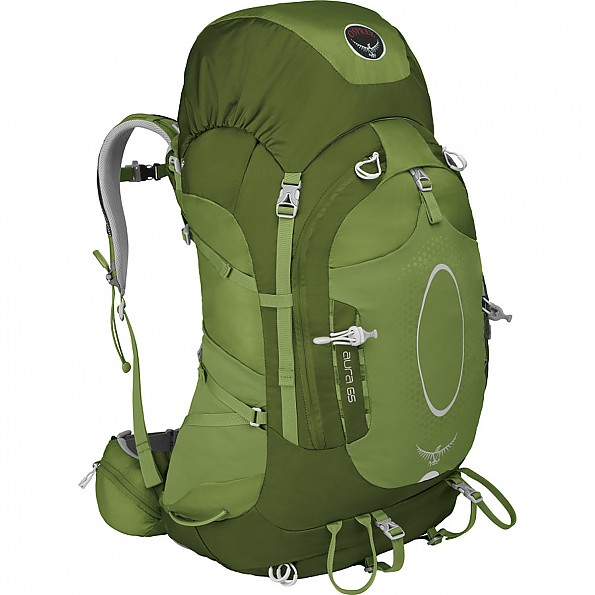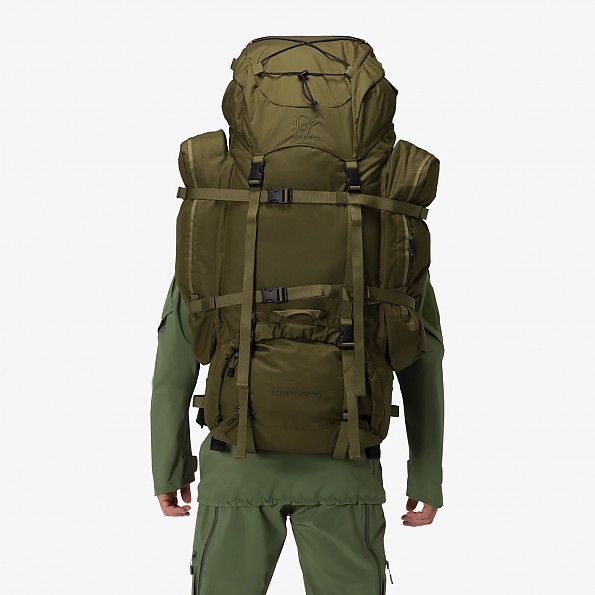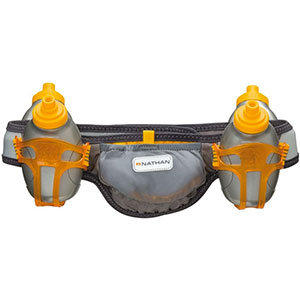The Best Backpacks for Every Adventure
Whether you’re setting off on an alpine climb, afternoon trail run, or extended thru hike, you need a pack to carry your outdoor gear and essentials while on the go.
Below you'll find our top picks for the best backpacks for hiking, backpacking, climbing, mountaineering, trail running, and more, thanks to hundreds of independent reviews by real hikers, backpackers, alpinists, and other outdoor enthusiasts.
From field-tested ultralight packs to load haulers to kid carriers to hydration packs, our reviewers have shared their real-world experience to help you select an appropriate, dependable backpack for your next outdoor adventure. Find your pack. Pack your gear. Head out.

Daypacks (under 35L)

Overnight Packs (35-49L)

Weekend Packs (50-69L)

Expedition Packs (70L+)

External Frame Backpacks

Winter Packs

Hydration Packs

Front Packs

Lumbar/Hip Packs

Child Carriers

Dry Packs

Backpack Accessories
How to Choose a Backpack
Like most outdoor gear, choosing the right backpack depends on how you plan to use it and selecting one that fits you, your needs, your budget, and your gear.
Capacity (or How Big?)
Consider the following questions to help determine capacity, or how big of a pack you really need.
- How long are you heading out for: a day, an overnight, a week?
- What's your outdoor style? Are you a minimalist, or deeply attached to creature comforts, or somewhere in between?
- How much and what gear will you bring for specific trips and activities? Don't forget group gear and seasonal items (for example: winter gear will take up more room).
Pack Sizes
Obviously you need a backpack that fits all your gear. If possible, lay it all out, including food and water, and be honest about what you'll need to fit in your pack.
Backpack sizing varies between individuals and manufacturers, but the following ranges are a basic starting point:
- Day Pack:
less than 2,000 cubic inches
up to 30 liters - Overnight:
2,000 - 2,999 cubic inches
30-50 liters - Weekend and Multi-Day:
3,000 - 4,499 cubic inches
50-73 liters
- Week-Long and Expedition:
4,500+ cubic inches
74 liters and up
Pack Tip: Don't buy a backpack bigger than you need. You'll be tempted to fill it and carry more than necessary, or you'll end up with an annoying floppy, half-filled pack.
Fit (Is It Comfy?)
Nothing beats the expertise of a knowledgeable pack fitter. Find one at your local outdoor retailer. In the meantime, here are some additional tips to help you choose a backpack that fits you well.
Torso Length
Size a backpack to your torso length. Don't assume you need the tall (or the regular or the short) model based on your height. The sizes of different manufacturers' frames may correspond to different torso lengths. Check each pack's technical specifications.
To find your torso length, have someone measure from the iliac crest at the top of your hipbone to the prominent bone at the base of your neck (the seventh cervical vertebrae). (See how to properly fit a backpack in this instructional video.)
Pack Gender
Many pack manufacturers produce women-specific or short torso versions. Women, kids, and others with short torsos can consider backpacks sized for them. On average, these fit the average woman better.
Pack Tip: Don't get stuck on a pack's gender though. Buy the one that fits you best.
Straps and Padding
Shoulder straps, which control the fit of the suspension system, should be well padded and adjustable.
An adjustable sternum strap, which connects the shoulder straps, helps bring the load weight forward and off your shoulders.
Since it supports your pack's weight, make sure the hipbelt provides adequate padding. Some pack makers offer interchangeable hipbelts in different styles and in sizes for both men and women for a better individual fit.
Load
Fitting your gear in the pack is one thing. Making sure it rides comfortably is another. What's the typical weight of your gear? Check that it matches the manufacturer's recommendation, particularly if you're opting for an ultralight pack.
During a fitting, load the pack with weight to see how well it carries. Walk around with the loaded pack, practice taking it on and off, move around, and climb up and down stairs and slopes.
How well is the pack's load distributed? Does it remain comfortable over its carrying capacity and intended uses? Does it feel stable?
Features & Organization
Consider the pack's organization. Is equipment stowed securely? Is it easy to access? Intuitive?
If you'll be carrying any specialty gear, such as ice axes, snowshoes, skis, or a snowboard, look for a pack with features or accessories designed to hold those items, rather than trying to jury-rig them on later.
Depending on your different activities you may need more than one backpack, perhaps a large internal frame pack for multi-day backpacking trips and a small daypack for day hikes.
Find the best pack for you and your activities and you'll be ready to hit the trail.
Review Your Outdoor Gear
If you've found this site helpful — or if we've missed something important — please consider paying it forward by some of your favorite outdoor gear.
Why? From professional gearheads to outdoor novices, everyone has an important point of view to contribute. will support the outdoor community and help others find the best gear.
Trailspace reviewers are outdoor enthusiasts like you: hikers, climbers, paddlers, backcountry skiers, and trail runners who share our experiences with the gear and clothing we rely on to get outside. Learn more about Trailspace
